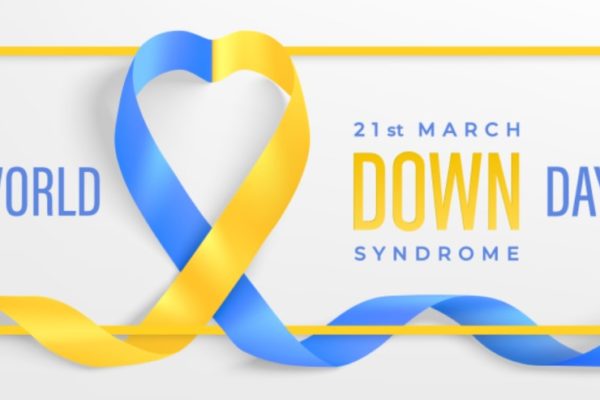I am wading my way through Andrew Marr’s ‘A history of the world’. I started reading the physical book some years ago and didn’t get very far, judging by the last dog ear on page 37 of 570. I’m now reading the Kindle version which offers a less satisfying but more accurate visual counter of progress, indicating I’m at 54%. It is a good read, mapping the world’s course from 70,000 years ago to the modern day. The trouble is that that at each stage I feel I have learnt something I move onto the next phase and promptly forget the glimpse of time in which I was previously immersed. Hopefully somewhere in the depths of my memory there will reside sufficient vestige of recall, should I ever need it.
The rationale for my ramblings around Andrew Marr’s book are two-fold. First, how frustrating it can be when so much time has been invested into reading something, only for the key elements of the book to disappear will-o’-the-wisp style when needed. Second, the stage I’m at in the book is describing Edward Jenner’s observation of the use of cowpox to act as a vaccination against the more deadly version of smallpox, which is timely given the current debate about risks associated with the covid vaccinations and prompted me to think of another book I’ve forgotten.
The tenuous confluence between these points is a book I read many years ago by Peter Bernstein entitled ‘Against the Gods: the remarkable story of risk’. As a non-mathematician I remember being transfixed by this book and the stories around the history of the mathematics of probability, recalling theories and approaches by Cardano, Fermat, Pascal but also addressing more modern ideas by Kahneman and Tversky around behavioural economics and their work on ‘prospect theory’. Although I cannot recall the detail of the book, one key message I took away was how difficult it is to deal with probability and how as humans we can easily over-state or under-state the risk of an event, depending on how it is presented – irrespective of the numerical probabilities attached. Personally, it led me to be very suspicious of all statistical data. I’ll question even the most banal statistical fact, wondering if the data has been manipulated in some way to present the desired outcome.
So, returning to the news about the risks associated from the AstraZeneca vaccine and in particular in relation to blood clots. This morning I opened a notification from the New York Times: “Regulators may soon issue their first formal warnings about AstraZeneca’s vaccine and rare blood clots, threatening to cloud the critical global rollout of a cheap and easy-to-store vaccine, after a top vaccine official at the European Medicines Agency said that there did appear to be a link.”[i] Switching to the news on the BBC’s website, carrying the same story, and the opening sentence under the heading of ‘How big might the risk be?’, was “It remains entirely possible the risk is zero as vaccines are not proven to cause the brain clots.”[ii] Both news articles contained the same probability – 1 in 100,000 risk. For some reason I felt more uneasy reading the NYT piece whilst comforted by the BBC article, perhaps it was the anticipation of the ‘formal warnings’ contrasted with ‘..the risk is zero..’. In both cases I struggled to conceptualise the quantum of the risk. Would I have felt better if the risk was 1 in 1,000,000? Probably not and certainly not to the extent reflective of the relative difference between the two numbers.
Given my inability to recall the detail of books, combined with my deficiency with assessing probabilities, perhaps it is time to dust off ‘Against the Gods..’ but that can only take place once the remaining 46% of Andrew Marr’s book is done and forgotten!
[i] New York Times Morning Briefing, 7th April 2021
[ii] https://www.bbc.co.uk/news/health-56594189






